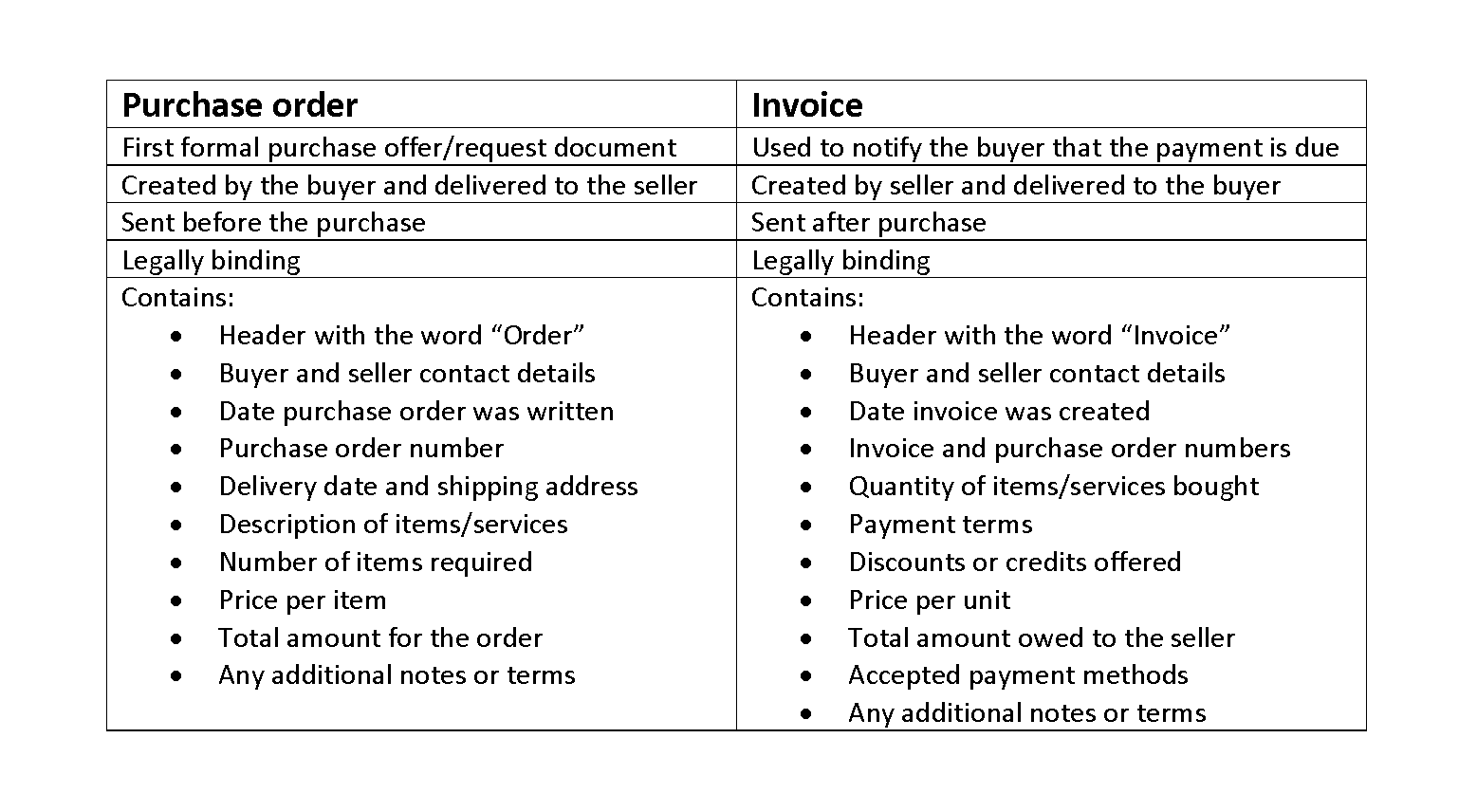Net Working Capital Formula Example Calculation Ratio

Put together, managers and investors can gain critical insights into a business’s short-term liquidity and operations. Hence, the company exhibits a negative working capital balance with a relatively limited need for short-term liquidity. For many firms, the analysis and management of the operating cycle is the key to healthy operations.
What is included in non-cash working capital?
Conversely, your business will witness a positive cash flow and encourage investment from potential investors. Investors can also see the usefulness of NWC in calculating the free cash flow to firm and free cash what is change in working capital formula flow to equity. But if there is an increase in the net working capital adjustment, it isn’t considered positive; rather, it’s called negative cash flow. The “current” categorization signifies an asset that can be converted into cash within twelve months (i.e. high liquidity), or a liability that is coming due within the next twelve months. Below is a short video explaining how the operating activities of a business impact the working capital accounts, which are then used to determine a company’s NWC.
- They should also use other financial ratios and metrics, such as the current ratio, quick ratio, and cash conversion cycle, to get a more complete picture of their financial health.
- The working capital ratio shows the ratio of assets to liabilities, i.e. how many times a company can pay off its current liabilities with its current assets.
- It clearly indicates the funds a company has on hand to fund its operations, pay off short-term liabilities, and other expansion plans.
- A change in net working capital is the difference between a company’s available funds and outstanding payments in a specific accounting period, compared to previous accounting periods.
- Clearly, changes in working capital will have a direct impact on cash flows.
- As a general rule, the more current assets a company has on its balance sheet relative to its current liabilities, the lower its liquidity risk (and the better off it’ll be).
- In an entirely cash based business, the cycle is one of cash flowing around the business without interruption.
How to Calculate Change in Net Working Capital (NWC)
Gross working capital refers to the total current assets a company has on hand to conduct its business operations, such as cash, inventory, and accounts receivable. On the other hand, the change in net working capital measures the change in a company’s working capital over a period. Another important benefit of understanding your working capital is that it’s often used as a measure of Bakery Accounting a company’s financial health and creditworthiness. Lenders, investors, and suppliers look at a company’s working capital to assess its ability to meet financial obligations. A healthy working capital position demonstrates that a business is well-managed and capable of meeting its financial commitments.

Calculate the Change in Working Capital

They do this by using the discounted cash flow method, wherein they calculate the present value of the business’s future cash flows. Change in non-cash working capital also helps get a read of the company’s future cash flows and predicts its growth trajectory. A variety of invoicing improvements can improve working capital and cash flow. Sending invoices quickly, sending payment reminders, shortening payment terms, and offering early payment discounts or late fees are a few strategies that business owners use to help reduce late payments. Some businesses also use invoice factoring, in which they sell outstanding invoices to a factoring company for cash.

You gotta keep an eye on this because it tells you if your business can pay the bills without sweating it. As a business’s assets and liabilities change, you can expect there to be a change in net working capital as well. Every business will experience working capital changes over essentially any given period of time. Depending on your business activities during a particular period, you could see a significant change in working capital or not much change at all.
- Direct and indirect tax obligations for the current year also form a part of current liabilities for the business.
- However, if the change in NWC is negative, the business model of the company might require spending cash before it can sell and deliver its products or services.
- What was once a long-term asset, such as real estate or equipment, can suddenly become a current asset when a buyer is lined up.
- These are just a few examples of the many factors that can cause changes in working capital.
- For instance, suppose a retail company experiences an increase in sales, resulting in higher accounts receivable (A/R) due to credit sales.
- Note, only the operating current assets and operating current liabilities are highlighted in the screenshot, which we’ll soon elaborate on.
- In a normal business, costs are incurred on purchases of inventory, wages, and other operating expenses in order to eventually create sales for the business.
Company Overview
- If either sales or COGS is unavailable, the “days” metrics cannot be calculated.
- Selling inventory at a profit will increase working capital and cash flow, but selling at a loss (or having inventory become obsolete and therefore less liquid) can decrease working capital.
- Unfortunately, a lack of working capital can mean that short-term debts will not be settled.
- Companies will try to shorten their working capital cycle by collecting receivables sooner or extending accounts payable.
- With a low interest rate starting from 1.5% per month and a one-click withdrawal feature, borrowers can save significantly on their repayment amount.
- Net Working Capital (NWC) measures a company’s liquidity by comparing its operating current assets to its operating current liabilities.
Long-term investments, such as real estate, are not considered current assets because they cannot be liquidated quickly. Working capital as a ratio is meaningful when compared alongside activity ratios, the operating cycle, and the cash conversion cycle over time and against a company’s peers. Working capital is a core component of effective financial management, which is directly tied to a company’s operational efficiency and long-term viability. The working capital metric is relied upon by practitioners to serve as a critical indicator of liquidity risk and operational efficiency of a particular business. While A/R and inventory are frequently considered to be highly liquid assets to creditors, uncollectible A/R will NOT be converted into cash. In addition, the liquidated value of inventory is specific to the situation, i.e. the collateral value can vary substantially.
Generally speaking, a ratio of less than 1 can indicate future liquidity problems, while a ratio between 1.2 and 2 is considered ideal. If the ratio is too high (i.e. over 2), it could signal that the company is hoarding too much cash, when it could be investing it back into the business to fuel growth. To summarize, the operating cash flow of a business is affected by the changes in working capital during the period. If the working capital increases then the cash flow decreases, likewise if it decreases, then the cash flow increases. In a normal business, costs are incurred on purchases of inventory, wages, and other operating expenses in order to eventually create sales for the business.
Working capital is calculated by taking a company’s current assets and deducting current liabilities. For instance, if a company has current assets of $100,000 and current liabilities of $80,000, then its working capital assets = liabilities + equity would be $20,000. Common examples of current assets include cash, accounts receivable, and inventory. Examples of current liabilities include accounts payable, short-term debt payments, or the current portion of deferred revenue.
